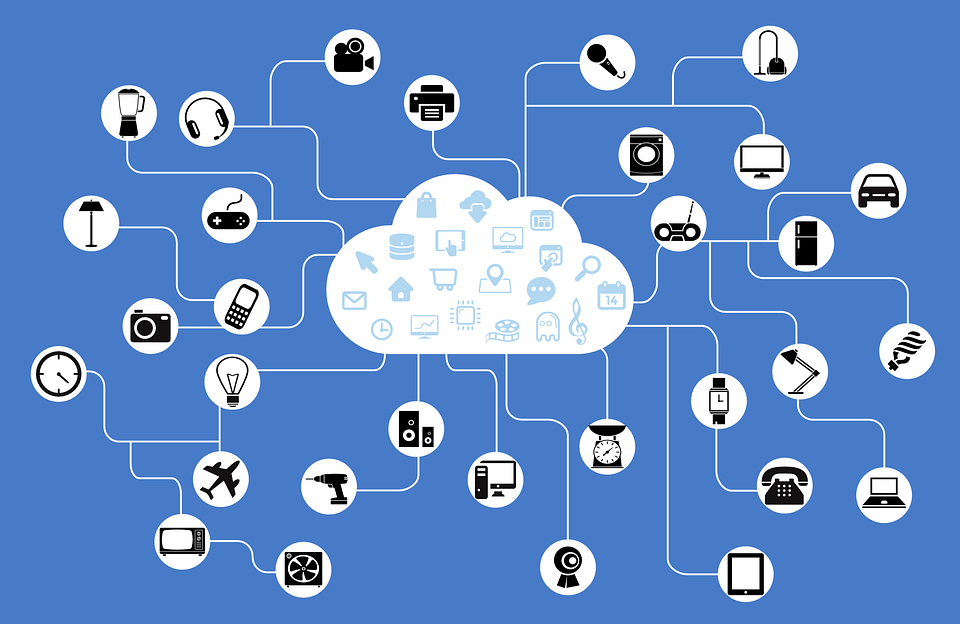IEEE Standards Association is working to make personal area networks interoperable and secure
Soon enough, all our devices will be talking to one another. Whether it’s your refrigerator asking your personal digital assistant to place an order with an online grocer or your car getting traffic updates from stoplight sensors, everything and everyone are going to be connected. But before such personal area networks are possible, a number of issues must be resolved with respect to their interoperability, accuracy, and security.
The IEEE Standards Association is on the case. Its Industry Connections Activity group, formed last year, produced the “Connectivity Harmonization of the Digital Citizen” document. The group is setting up test facilities for wireless wearable devices, particularly ones being developed for commercial and medical purposes; identifying their interoperability gaps; and looking at ways to protect the data.
“We are all becoming digital citizens,” says IEEE Senior Member Gerard Hayes, chair of the group. “At the heart of this is connectivity.” Hayes is president and CEO of the Wireless Research Center of North Carolina, a test lab in Wake Forest that is certified for cellular devices.
PERSONAL NETWORKS
Anything electronic that you wear on you or in you, or keep near you, can be part of a personal area network, according to Hayes. One example of a PAN is Bluetooth in late-model cars connecting with a passenger’s smartphone.
“You can imagine many other devices connecting ubiquitously without our intervention,” Hayes says—items including fitness trackers, wearable medical devices, and personal electronics. They use different hardware, software, frequencies, and protocols, so the industry connections group is looking at how to make them interoperable.
TEST LABS
Wearable wireless devices will be the first to be tested. By sharing the environment in the IEEE test bed, manufacturers will be able to check their devices’ interoperability with those from other companies, as well as carry out experiments and get a hand up as they design their platforms.
“Say a wearable startup has an idea for a device with a medical application, but it must see how well the device interconnects with others, as well as determine the optimum way of doing so,” Hayes says. “With the test bed, IEEE can help facilitate the process of checking for this interoperability and speed up the innovation process.” Eventually the test bed will be applicable to anything on a PAN, he says.
The Wireless Research Center has been working with several global companies to develop its test beds.
“The goal of the IEEE Industry Connections Activity is to have a test bed in each of IEEE’s 10 regions for manufacturers and startups, as well as academia, to work with,” Hayes says. “If we can get everyone to agree on the test beds’ methodology and experiments, the result will be technical standards which will, in turn, spawn innovation.”
“Part of the mission of the Standards Association is to reduce costs through joint collaborations,” says Alpesh Shah, IEEE-SA’s senior director of global business strategy and intelligence, in Piscataway, N.J. “That’s essentially what the test-bed work stream is doing when it is allowing open innovations.”
Hayes is also leading a test-bed effort for the Wearables and Medical IoT Interoperability and Intelligence workshop, an effort sponsored by IEEE-SA and the IEEE Sensors Council. The WAMIII workshop, an annual event, brings together stakeholders including health care professionals, database and software providers, government regulators, and researchers.
DATA SECURITY
Blockchain is one of the systems the industry connections group is considering for ensuring that data on PANs is transmitted securely, Hayes says. Designed to be secure, transparent, and decentralized, blockchain technology is mainly used at present to support cryptocurrency transactions.
“We want to brand IEEE as a resource for innovation and collaboration,” he says. “We can all work together to do some really impactful things, using technology, innovation, and policy. IEEE and its members have all of the components for doing this. We want to align those components and drive them forward.”
Source: The Institute

